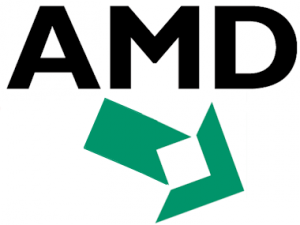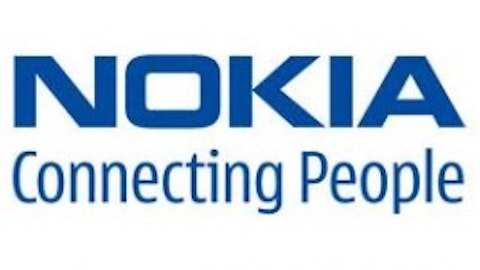Amidst mounting losses and debt, Advanced Micro Devices, Inc. (NYSE:AMD) appears to be all but finished, but big wins for AMD processors on future gaming consoles from Sony Corporation (ADR) (NYSE:SNE) and Microsoft Corporation (NASDAQ:MSFT) may turn things around.
The bear case for Advanced Micro Devices, Inc. (NYSE:AMD)

Advanced Micro Devices, Inc. (NYSE:AMD)’s market share declines are a reflection of the fact that AMD’s highest performing products generally trail the highest performing products of its competitors in performance ratings. For this, I like to rely on results shown by Passmark Software on their website, where they publish average results of thousands of users of their Performance Test utility. AMD processors generally rank lower than Intel Corporation (NASDAQ:INTC) in the High End CPU classification, and AMD’s Radeon graphics cards generally rank lower than their main competitor, NVidia, in the High End GPU classification.
Given that Advanced Micro Devices, Inc. (NYSE:AMD) seemed to be losing on all fronts, the reports that AMD processors had been chosen for the next generation Sony Playstation and Microsoft Xbox consoles peaked my curiosity. AMD and Sony Corporation (ADR) (NYSE:SNE) have confirmed that AMD will be in the Playstation 4, and the rumors about a similar processor in the next generation Xbox 720 appear highly credible. What about the AMD processors made them attractive for consoles? More importantly, what would be the impact to AMD’s bottom line?
Two wrongs make a right
The PS4 and future Xbox use what AMD calls Accelerated Processing Units (APUs) that combine a 64 bit Intel compatible multi-core CPU with a graphics processing unit (GPU) based on AMD’s Radeon line of discreet GPUs. Since Intel Corporation (NASDAQ:INTC) is including GPUs in its latest Ivy Bridge processors, you might wonder what’s so special about AMD’s APUs. The answer is that the graphics performance of the APUs is about equivalent to a separate mid-grade graphics card, whereas the HD4000 graphics performance in the best Ivy Bridge processors is not nearly as good. This was confirmed in a recent AnandTech review of an APU (the A10-5800K) intended for desktop use.
In fact, the internal Intel graphics is acceptable for casual use but not really suited for immersive, high definition gaming. I’ve personally verified this on my Intel Ivy Bridge Core i7 3770K system. For games like Crysis 2, played at 1080p resolution with graphics settings at maximum quality, the HD 4000 graphics frame rate was about 6 frames/sec, too slow to be usable.
So what AMD has done with the APU is combine a mid-grade CPU and a mid-grade GPU, which would be the wrong answers for serious PC enthusiasts wanting the very best performance, into a system-on-chip (SOC) that turns out to be the right answer for console manufacturers.
The future of consoles
But aren’t consoles on the decline? True, sales of consoles have slowed, but I think this is due to the very long time since the current Xbox and Playstation consoles were introduced in 2005-2006. Also, PC performance has largely eclipsed current consoles for gaming, making them even less attractive.
I expect the next gen consoles to tap into some pent up demand, as well as find a place in the mobile device centric life style. As powerful as mobile devices have become, they don’t provide enough graphics horsepower to run the most demanding games, nor will they for the foreseeable future. Consoles can fill the performance gap between mobile devices and PCs for gaming.



